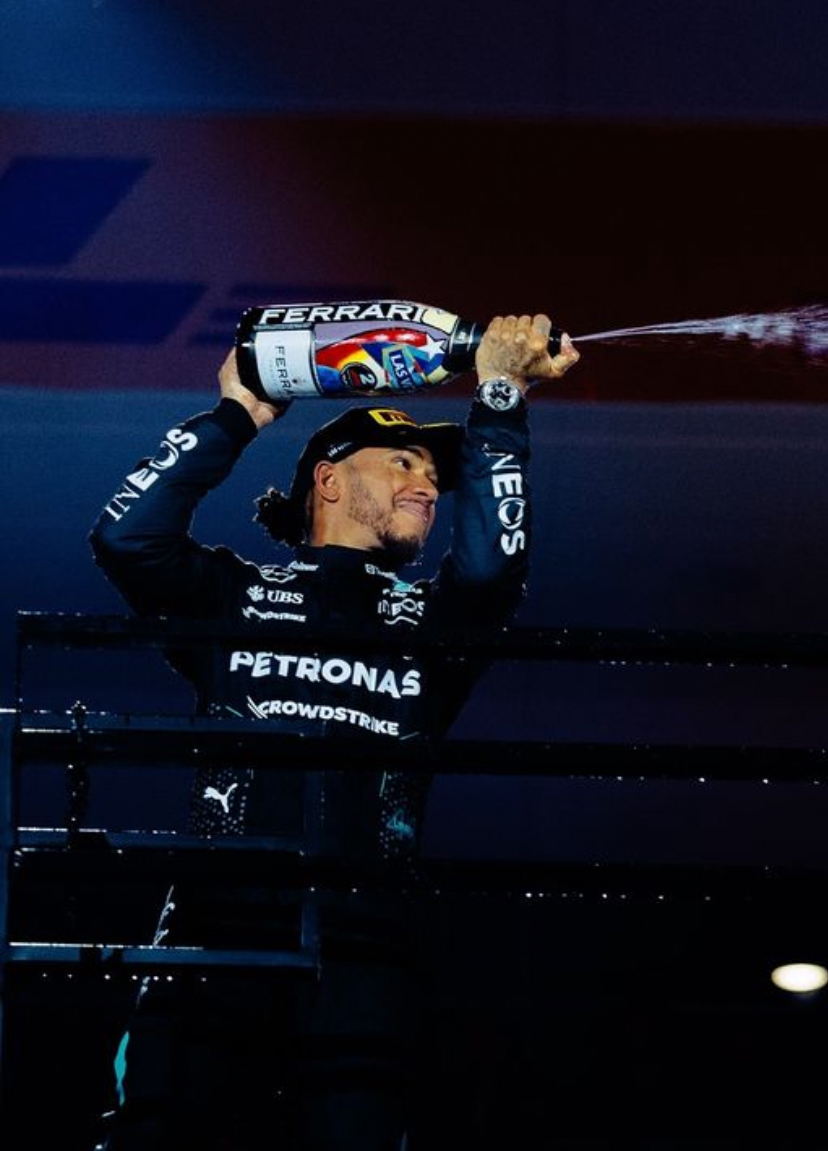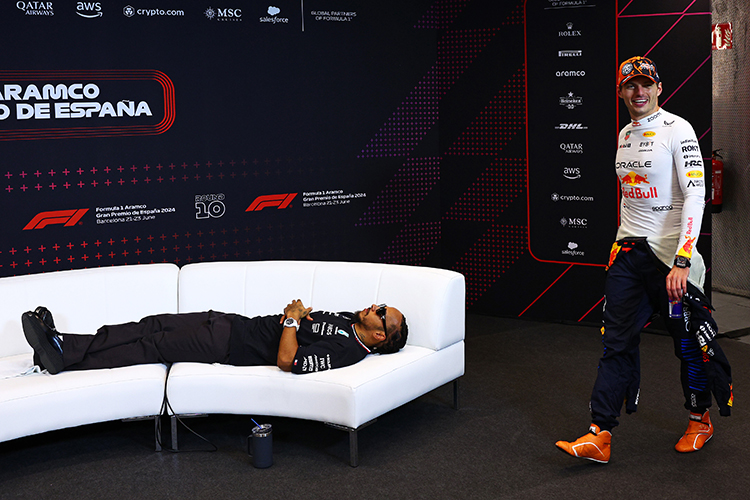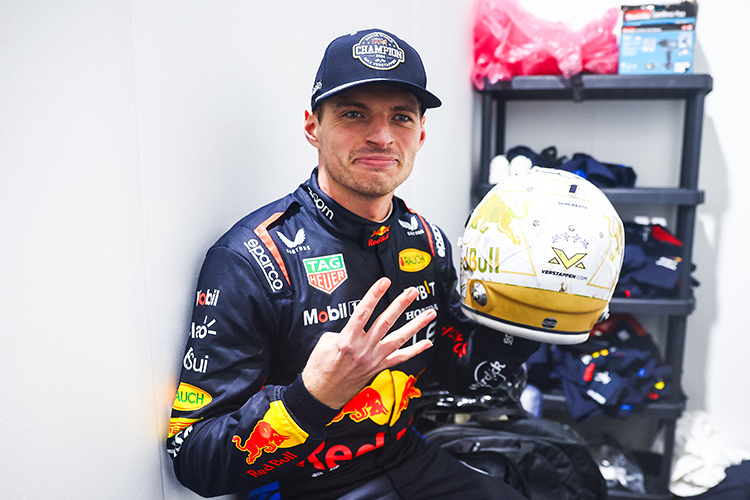How Formula 1 Teams Handle Tire Selection During Pit Stops

Formula 1 World Champions: A legacy of racing legends
How do teams handle tire selection during a race pit stop?
Explore how Formula 1 teams navigate tire selection during race pit stops using data analytics, strategy, and flawless execution.
In the adrenaline-fueled theatre of Formula 1, tire selection during pit stops is a pivotal strategy that can make or break a race. The choice of tires hinges on a delicate balance of various factors, including track conditions, weather, and race strategy. Teams employ data analytics, real-time communication, and strategic foresight to make these critical decisions, ensuring they stay competitive on the track.
The Role of Data Analytics
Data is the lifeblood of modern Formula 1, and tire selection relies heavily on it. Teams collect vast amounts of information from practice sessions, previous races, and live telemetry during the race. Key data points include:
- Tire Degradation Rates: Understanding how tires wear over time under different conditions.
- Track Temperatures: Monitoring how the track surface impacts tire grip and longevity.
- Weather Forecasts: Anticipating changes in weather that may require a switch in tire compounds.
A dedicated team of engineers analyzes this data in real time, using advanced algorithms to predict tire performance and determine the optimal pit stop strategy. Simulators also allow teams to model various scenarios and their outcomes based on different tire choices.
Real-Time Communication
Effective communication between drivers, engineers, and the pit crew is essential for seamless tire selection. Drivers relay feedback on tire conditions, grip levels, and track evolution, while spotters provide localized updates on weather and track issues. This information flows through the race engineer, who synthesizes it to make informed decisions quickly. In high-pressure situations, clear and precise communication can be the difference between gaining or losing positions on the track.
Strategic Considerations
Tire selection is influenced by several strategic factors, each playing a critical role in shaping a team’s race strategy:
1. Track Conditions
The type of track surface and its evolving characteristics significantly impact tire choice. A resurfaced track might increase tire wear, while a smoother surface could allow for extended use of softer compounds.
2. Weather Conditions
Weather is a dynamic variable that demands adaptability. Teams must decide between slicks, intermediates, or full wets based on current and forecasted conditions. Sudden rain can necessitate a quick switch, emphasizing the importance of readiness and adaptability.
3. Race Strategy
Teams enter a race with a pre-defined strategy, including the number of pit stops and tire compounds to use at different stages. However, flexibility is key, as unforeseen developments during the race often require adjustments.
4. Competitor Movements
Monitoring rivals' tire choices provides valuable insights. Teams might use strategies like the undercut—pitting earlier to gain an advantage on fresh tires—or the overcut, staying out longer to capitalize on competitors’ worn tires.
The Execution
Once the decision is made, flawless pit crew execution ensures minimal time loss. Each member of the pit crew has a specialized role, from removing wheel nuts to fitting new tires. Practice and precision are vital, as even a fraction of a second saved can impact race outcomes.
Conclusion
Tire selection during a race pit stop is a multifaceted process influenced by data, communication, and strategic insight. Teams leverage advanced analytics, seamless coordination, and flawless execution to navigate these high-stakes moments. This dynamic interplay underscores why Formula 1 is not just a battle of speed but also a sophisticated game of strategy and precision.
Up Next


